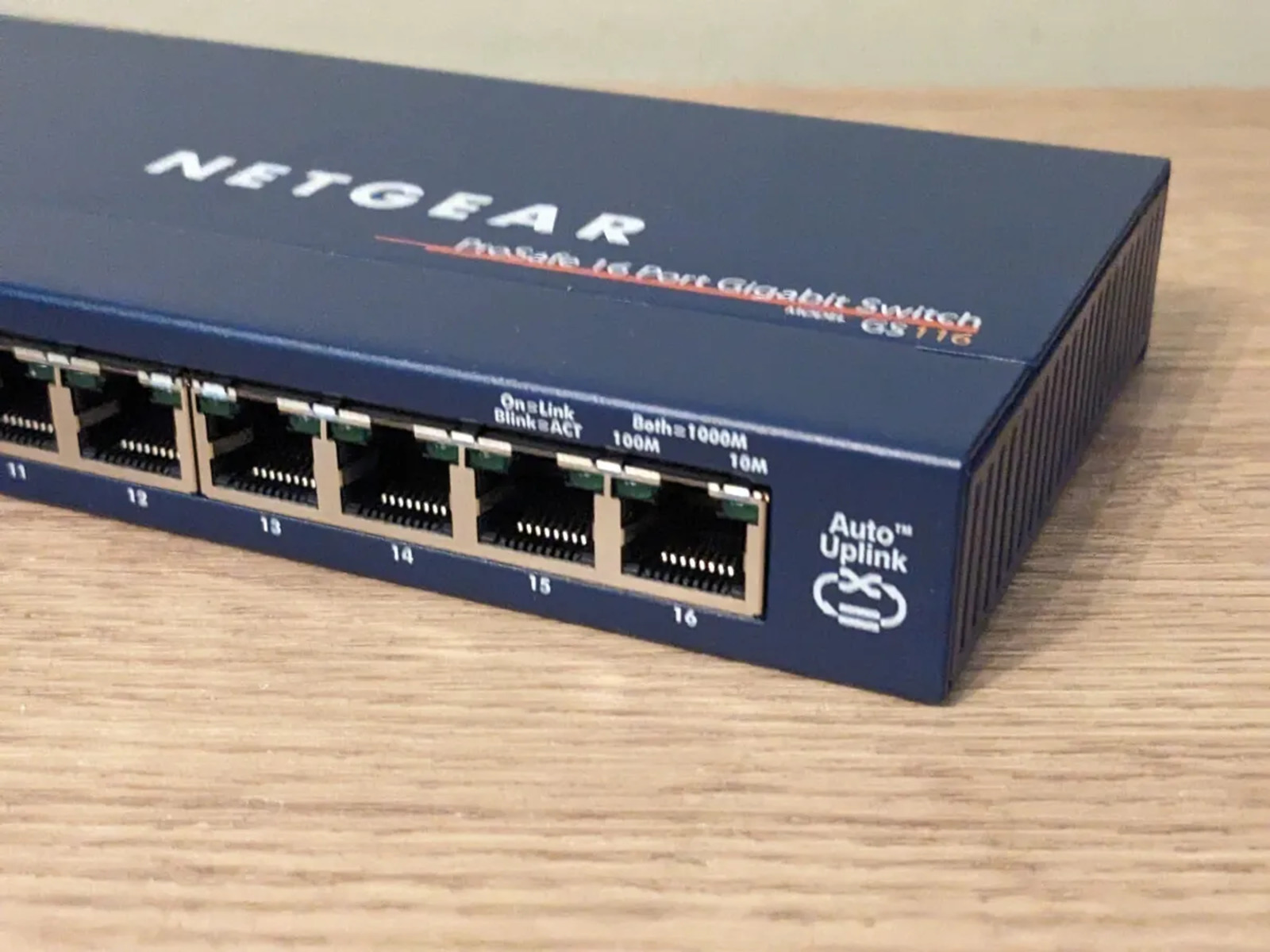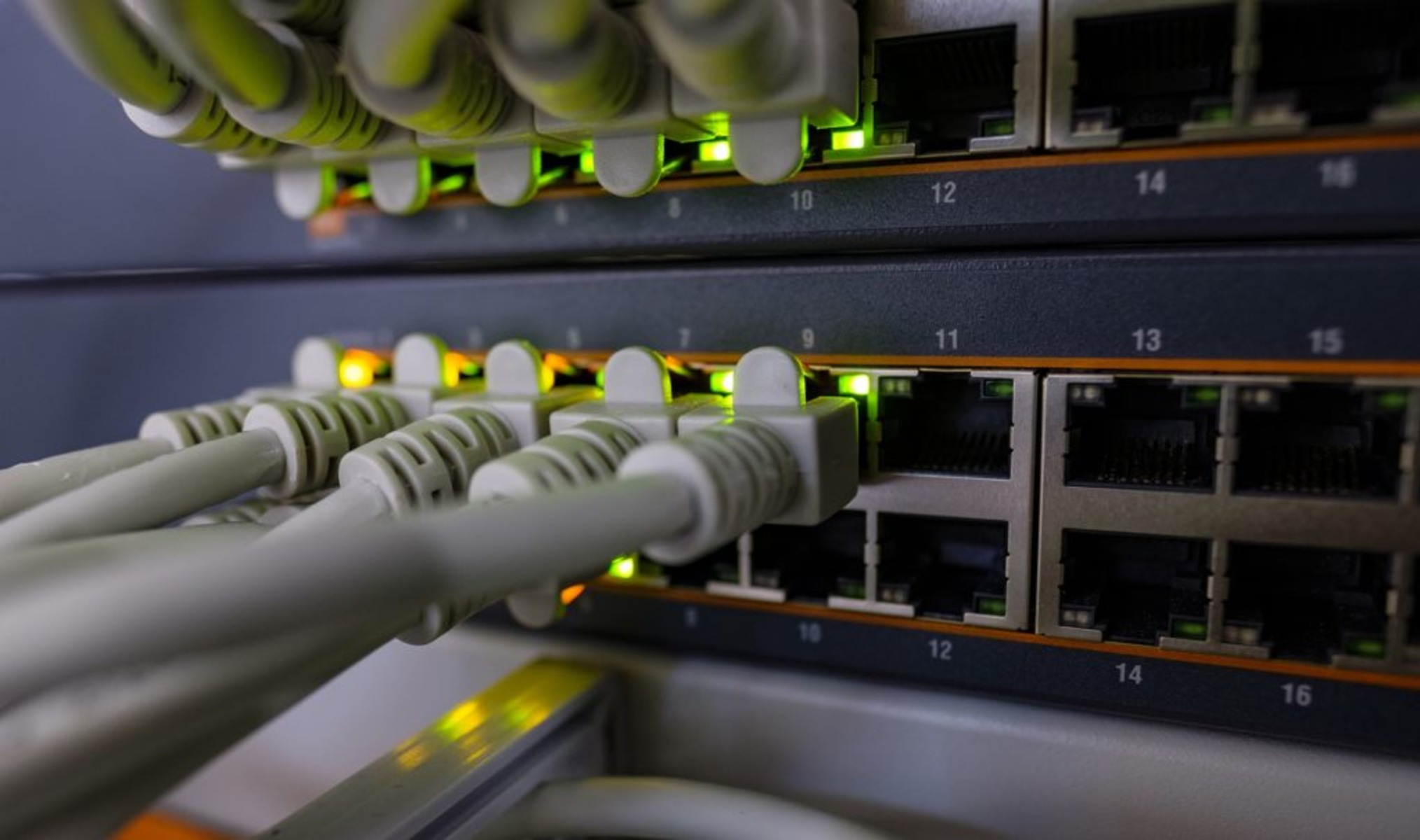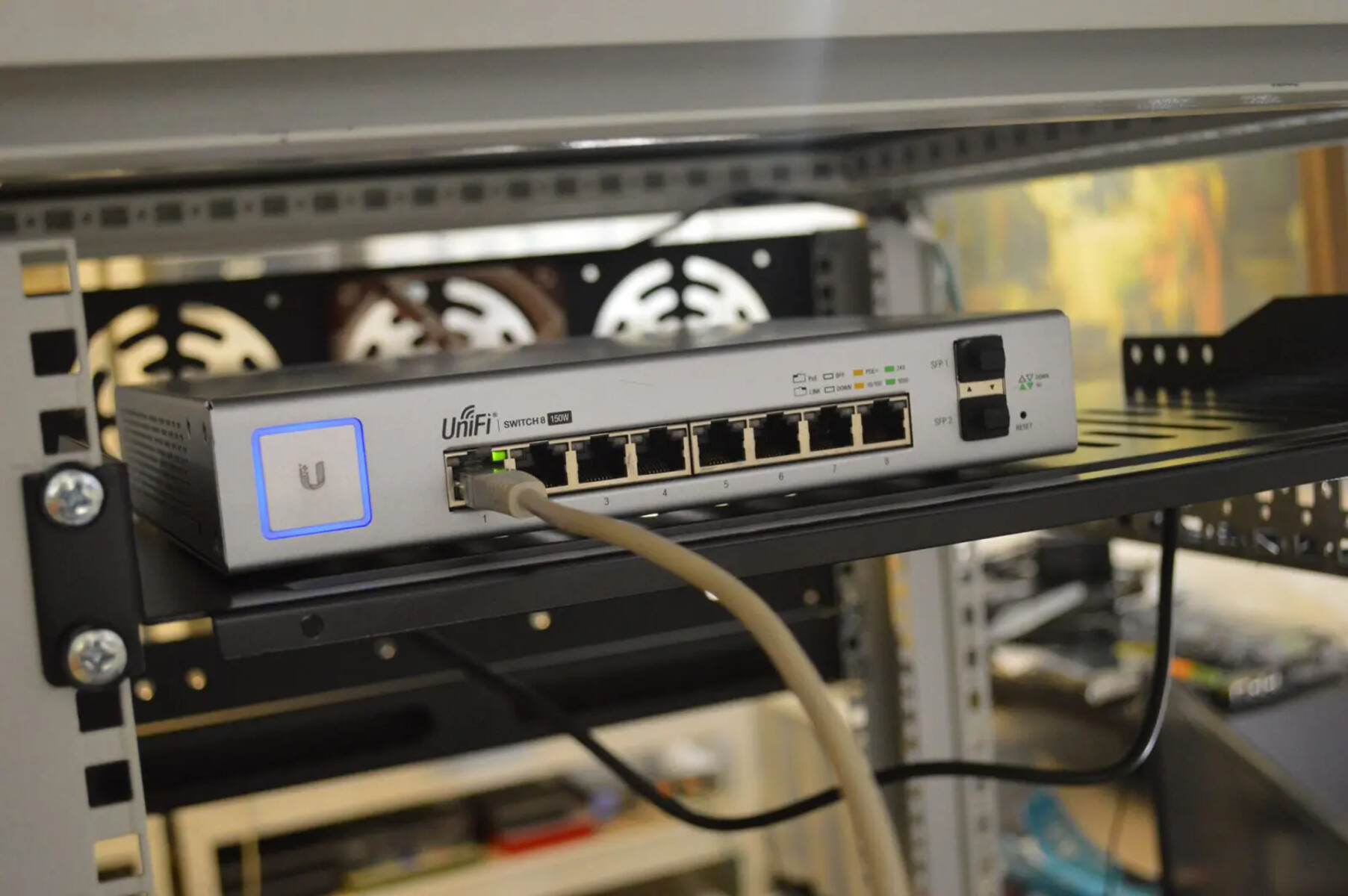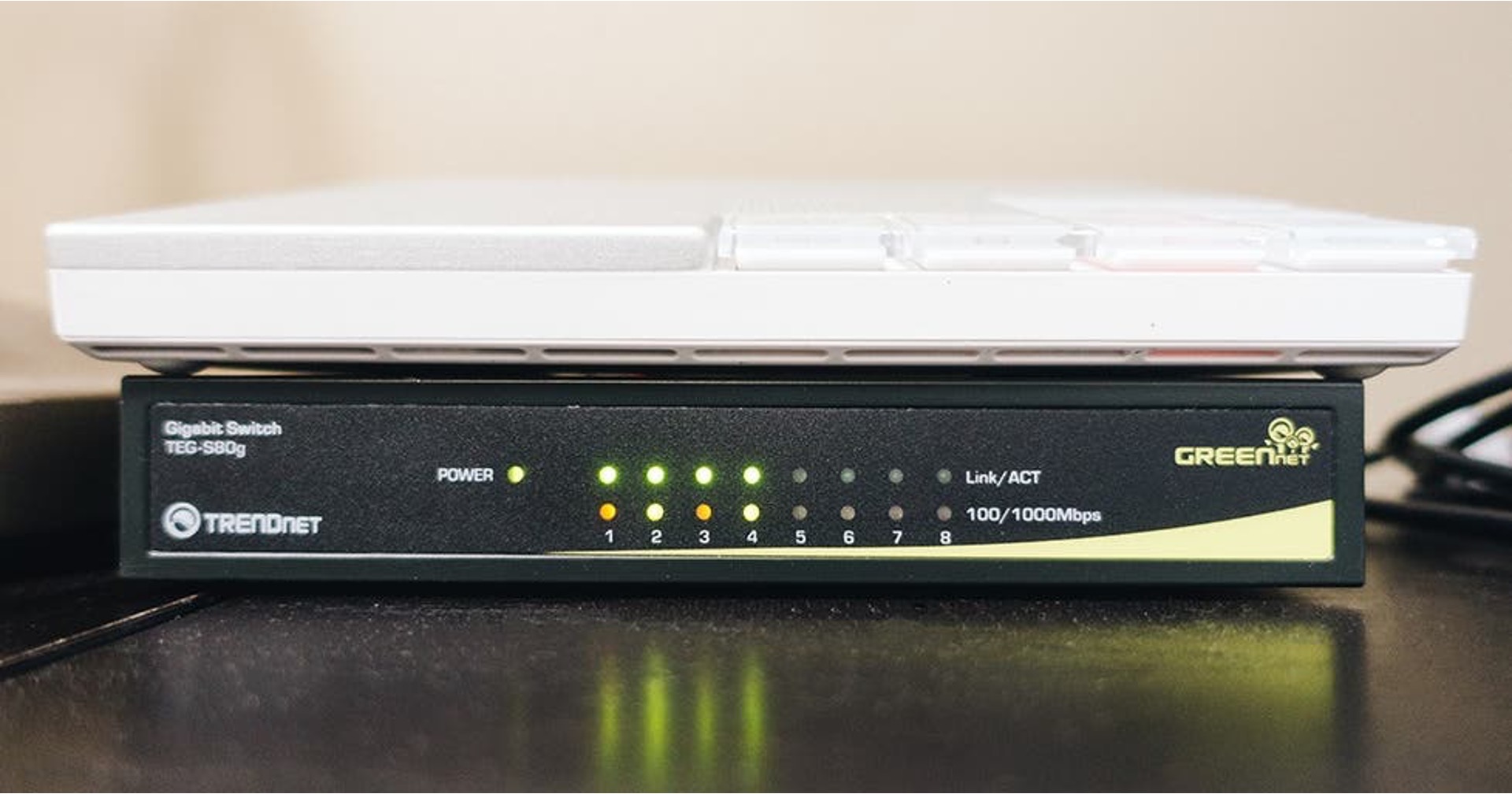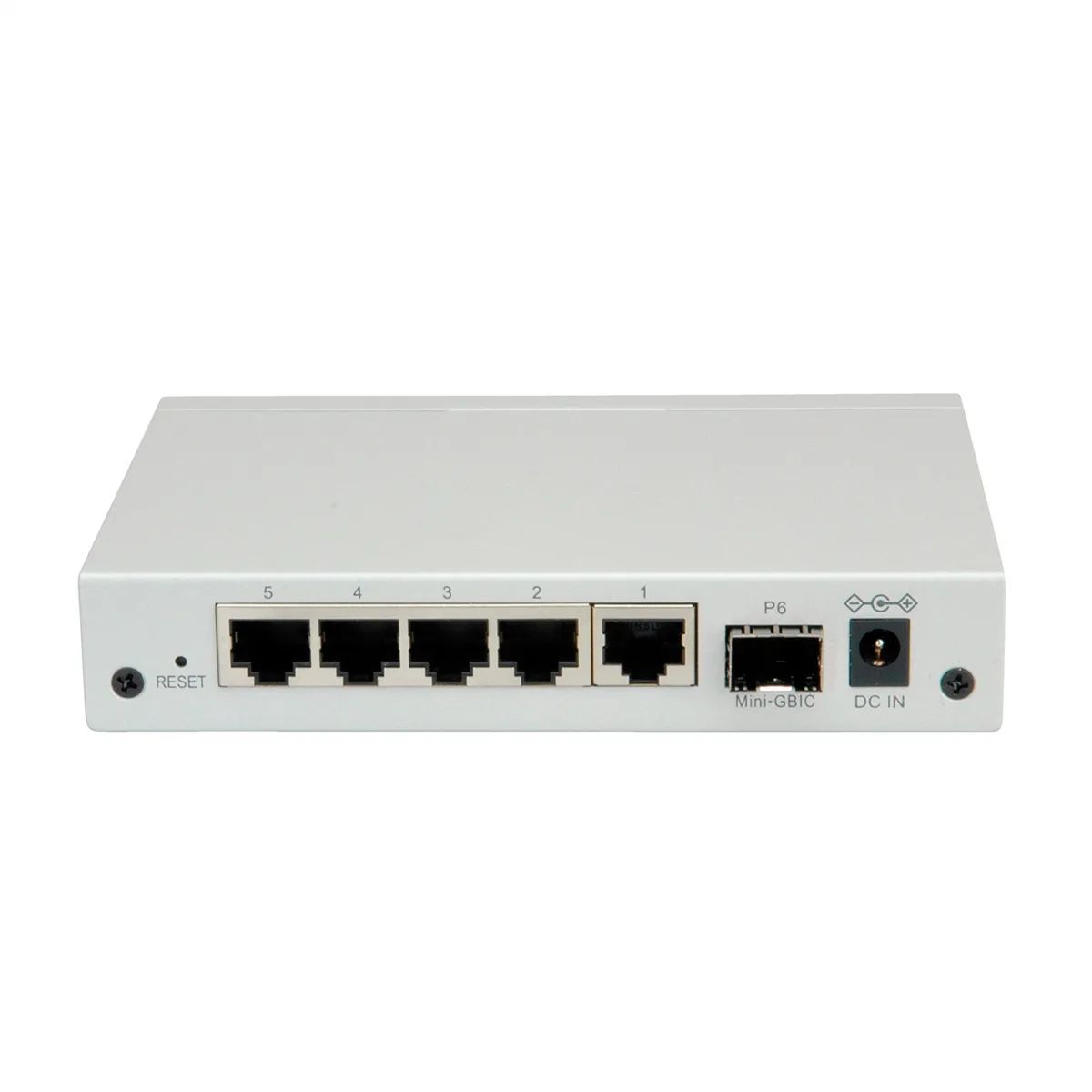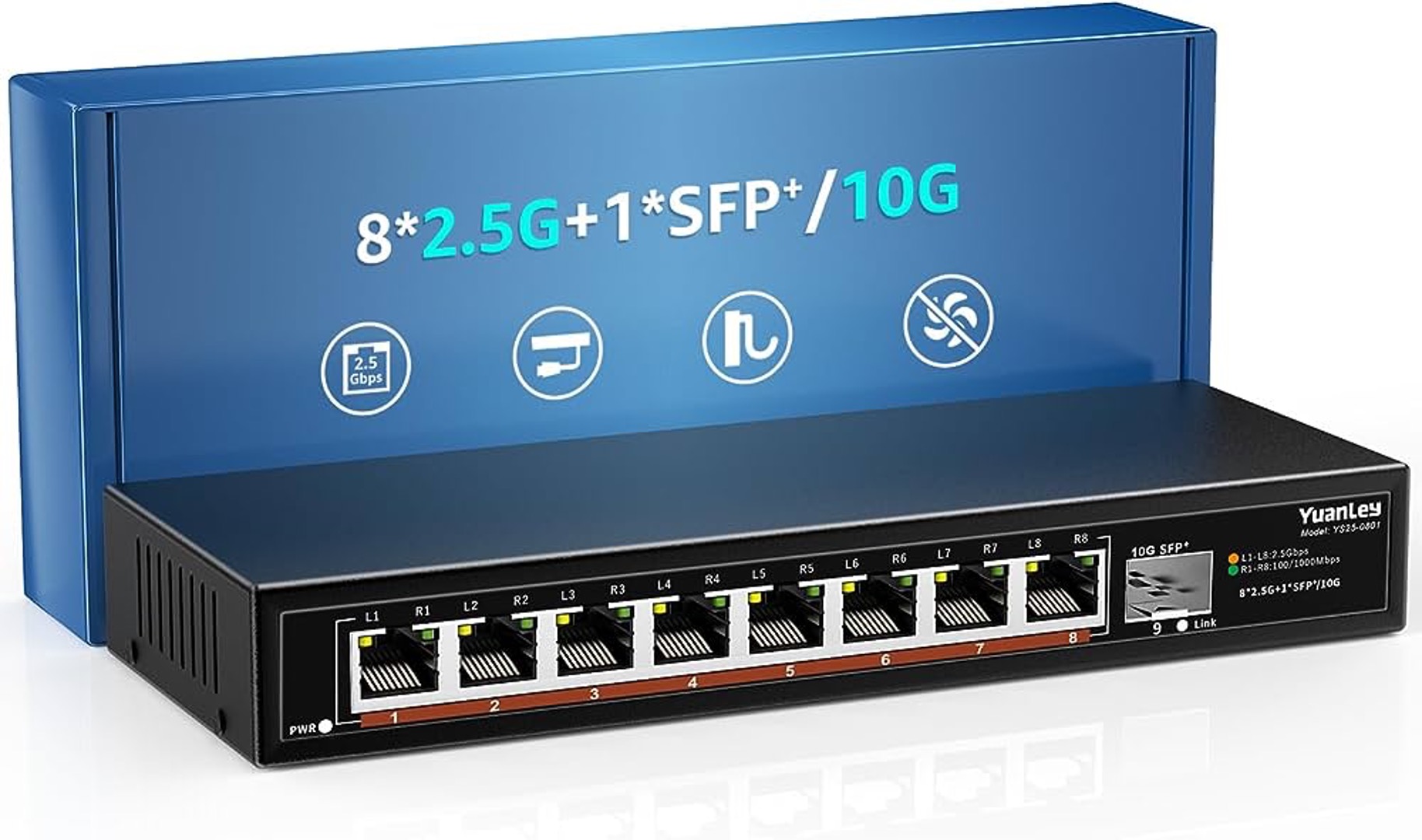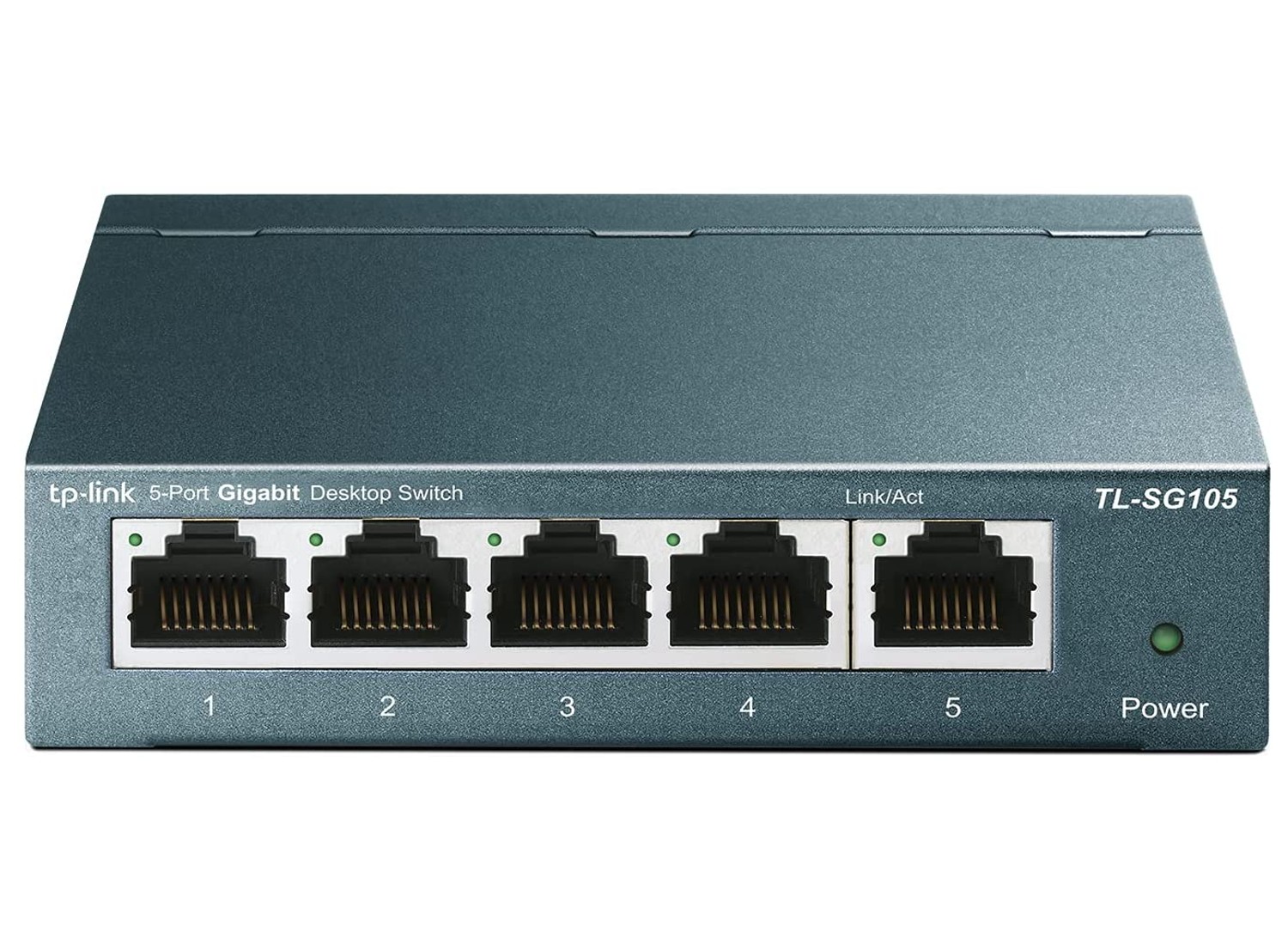Introduction
When it comes to optimizing network performance, understanding the speed of a network switch is crucial. A network switch acts as a central hub for data transmission within a network, making it essential to comprehend its speed capabilities. In this comprehensive guide, we will delve into the intricacies of network switch speed, exploring the factors that influence it and the various types of switches available. By the end of this article, you will have a clear understanding of how to select the right network switch speed to meet your specific requirements.
In the realm of networking, the speed of a network switch plays a pivotal role in determining the efficiency and reliability of data transfer. Whether you are a small business seeking to enhance internal communications or a large corporation managing extensive data traffic, the speed of your network switch directly impacts the overall performance of your network infrastructure. Therefore, grasping the nuances of network switch speed is essential for making informed decisions that align with your networking objectives.
As we embark on this exploration, we will unravel the technical aspects of network switch speed in a manner that is accessible and insightful. By breaking down complex concepts into digestible insights, we aim to empower readers with the knowledge needed to navigate the intricate landscape of network infrastructure. So, let's embark on this enlightening journey to unravel the mysteries of network switch speed and equip ourselves with the expertise to make informed choices in optimizing network performance.
Understanding Network Switch Speed
Network switch speed refers to the rate at which data can be transmitted between devices within a network. It is typically measured in megabits per second (Mbps) or gigabits per second (Gbps) and serves as a critical determinant of a network’s performance. The speed of a network switch directly influences the efficiency, responsiveness, and overall throughput of data transmission, making it a fundamental consideration in network design and optimization.
At the core of network switch speed is the concept of bandwidth, which represents the maximum data transfer rate of a network or network device. Bandwidth dictates the volume of data that can be transmitted within a specific timeframe, and network switch speed plays a pivotal role in harnessing this capacity. Higher switch speeds enable faster data transfer, reducing latency and enhancing the overall responsiveness of the network.
Network switch speed is often categorized into standard increments, such as 10/100 Mbps, 1 Gbps, 10 Gbps, and beyond. The evolution of networking technologies has seen a continuous push towards higher switch speeds to accommodate escalating data demands. Gigabit Ethernet, for instance, has become a prevalent standard in modern networks, offering ten times the speed of traditional Fast Ethernet.
Understanding the nuances of network switch speed involves delving into the intricacies of data packet forwarding, port speeds, and backplane capacity. Data packet forwarding refers to the process of directing data packets from source to destination within the network, and the speed of this operation is contingent on the switch’s forwarding rate. Port speeds, on the other hand, dictate the data transfer capabilities of individual ports on the switch, with higher port speeds enabling swifter data exchange.
Furthermore, the backplane capacity of a network switch represents its internal switching fabric’s ability to handle concurrent data traffic across all ports. A robust backplane capacity is essential for ensuring seamless data transmission, especially in high-throughput environments where multiple devices are concurrently accessing the network.
By comprehending the intricacies of network switch speed, network administrators and IT professionals can make informed decisions regarding network infrastructure upgrades, capacity planning, and performance optimization. This knowledge empowers them to align network switch speed with the specific requirements of their organization, thereby fostering a robust and agile network environment.
Factors Affecting Network Switch Speed
The speed of a network switch is influenced by a myriad of factors that collectively shape its performance and capabilities. Understanding these factors is essential for optimizing network infrastructure and ensuring seamless data transmission. Let’s explore the key elements that impact network switch speed:
- Switching Fabric: The switching fabric of a network switch, also known as the backplane, serves as the internal pathway for data transmission between ports. The speed and capacity of the switching fabric directly affect the overall throughput and data handling capabilities of the switch. A robust switching fabric enables high-speed data exchange across the network, while a limited or congested fabric can impede performance.
- Port Speed: The individual port speeds of a network switch play a pivotal role in determining the data transfer rates for connected devices. Higher port speeds, such as Gigabit Ethernet (1 Gbps) or 10 Gigabit Ethernet (10 Gbps), facilitate faster data transmission and accommodate bandwidth-intensive applications. Matching the port speeds to the requirements of networked devices is crucial for optimizing data flow.
- Network Traffic Load: The volume and nature of network traffic exert a significant influence on network switch speed. During periods of high network utilization, the switch must efficiently manage and prioritize data packets to maintain optimal performance. Congestion and network saturation can impede switch speed, highlighting the importance of traffic management and Quality of Service (QoS) mechanisms.
- Packet Forwarding Rate: The packet forwarding rate of a network switch denotes the speed at which it can process and forward data packets. A high forwarding rate is essential for minimizing latency and ensuring swift data delivery. Factors such as the switch’s processing power, memory capacity, and forwarding architecture contribute to its packet forwarding capabilities.
- Network Protocol: The network protocol utilized by the switch, such as Ethernet, Fast Ethernet, or Gigabit Ethernet, directly impacts its speed and compatibility with networked devices. Upgrading to newer protocols with higher data transfer rates can enhance network switch speed and accommodate evolving connectivity standards.
By considering these factors, network administrators and IT professionals can strategically optimize network switch speed to align with the demands of their organization’s network infrastructure. Addressing these elements empowers them to bolster network performance, mitigate bottlenecks, and facilitate seamless data transmission across the network.
Types of Network Switches
Network switches are available in various configurations and form factors, each tailored to specific networking requirements and environments. Understanding the different types of network switches is essential for selecting the most suitable option to meet diverse connectivity needs. Let’s explore some common types of network switches:
- Unmanaged Switches: Unmanaged switches are basic, plug-and-play devices that operate without the need for configuration. They are ideal for small networks and home setups, offering straightforward connectivity for devices without the complexity of advanced features.
- Managed Switches: Managed switches provide extensive control and customization options, allowing network administrators to configure and manage individual ports, implement VLANs (Virtual Local Area Networks), and apply advanced security features. These switches are well-suited for enterprise networks and environments requiring granular control over network traffic.
- Layer 2 Switches: Layer 2 switches operate at the data link layer of the OSI model, enabling the efficient forwarding of data based on MAC addresses. They are adept at interconnecting devices within a local network and supporting VLAN segmentation, enhancing network performance and segmentation capabilities.
- Layer 3 Switches: Layer 3 switches, also known as multilayer switches, incorporate routing functionalities in addition to the capabilities of Layer 2 switches. They can make forwarding decisions based on IP addresses, enabling them to route traffic between different subnets and optimize network performance with enhanced scalability.
- Stackable Switches: Stackable switches are designed to be interconnected and managed as a unified system, offering scalability and streamlined administration. By stacking multiple switches, organizations can expand their network infrastructure while simplifying management and enhancing resilience.
- Modular Switches: Modular switches feature interchangeable interface modules, allowing for flexible expansion and customization based on specific networking requirements. They are well-suited for environments demanding adaptable connectivity options and future-proofing capabilities.
Each type of network switch presents distinct advantages and functionalities, catering to a spectrum of networking scenarios and operational needs. By evaluating the features and capabilities of these switches, organizations can make informed decisions when deploying network infrastructure, ensuring optimal performance and scalability to meet evolving connectivity demands.
Choosing the Right Network Switch Speed
When selecting a network switch, determining the appropriate speed is a critical decision that directly impacts the performance and scalability of the network infrastructure. Several factors should be considered to ensure that the chosen switch speed aligns with the organization’s present and future networking requirements:
- Current and Projected Data Traffic: Evaluating the volume and nature of data traffic traversing the network is essential for determining the required switch speed. Organizations should anticipate future data growth and select a switch speed that accommodates escalating bandwidth demands, preventing potential bottlenecks.
- Device and Application Requirements: Understanding the connectivity needs of networked devices and the bandwidth requirements of critical applications is crucial. Devices such as servers, storage systems, and high-performance workstations may benefit from higher switch speeds to maximize data throughput and responsiveness.
- Scalability and Future-Proofing: Opting for a network switch with scalable speed capabilities ensures that the infrastructure can adapt to evolving networking standards and technological advancements. This future-proofs the network, reducing the need for frequent upgrades and minimizing potential disruptions.
- Cost Considerations: Balancing performance requirements with budget constraints is pivotal when choosing the right network switch speed. Organizations should assess the cost-effectiveness of higher switch speeds in relation to the anticipated benefits and long-term savings resulting from enhanced network performance.
- Network Topology and Segment Size: The layout of the network and the size of network segments influence the effectiveness of different switch speeds. For larger networks and segments with substantial data exchange requirements, higher switch speeds may be advantageous to uphold efficient data transmission.
Moreover, the deployment of network switch speed should align with the overall network architecture, considering factors such as redundancy, fault tolerance, and Quality of Service (QoS) requirements. Implementing a comprehensive network design that integrates the appropriate switch speeds fosters a resilient and high-performing network environment.
By meticulously evaluating these considerations, organizations can make informed decisions when choosing the right network switch speed, ensuring that their network infrastructure is optimized for current and future connectivity demands. This strategic approach empowers organizations to build agile and responsive networks capable of sustaining evolving data requirements and technological advancements.
Conclusion
Understanding the intricacies of network switch speed is paramount in navigating the dynamic landscape of modern networking. The speed of a network switch serves as a linchpin in determining the efficiency, responsiveness, and scalability of data transmission within a network environment. By unraveling the factors that influence switch speed and exploring the diverse types of network switches available, organizations and IT professionals can make informed decisions to optimize their network infrastructure.
As technology continues to evolve and data demands surge, the selection of the right network switch speed becomes increasingly critical. It is imperative for organizations to assess their current and projected data traffic, consider the requirements of networked devices and applications, and factor in scalability and cost considerations when choosing the appropriate switch speed. This strategic approach ensures that network infrastructure is equipped to handle evolving connectivity needs and technological advancements.
Furthermore, the diverse array of network switch types, including unmanaged, managed, Layer 2, Layer 3, stackable, and modular switches, presents organizations with a spectrum of options to tailor their network infrastructure to specific operational requirements. By leveraging the capabilities of these switches, organizations can bolster network performance, streamline management, and fortify their network against future challenges.
In conclusion, the speed of a network switch is not merely a technical specification but a foundational element that underpins the agility and resilience of modern network environments. By embracing a holistic understanding of network switch speed and its implications, organizations can architect robust and future-proofed networks capable of meeting the demands of the digital era.







